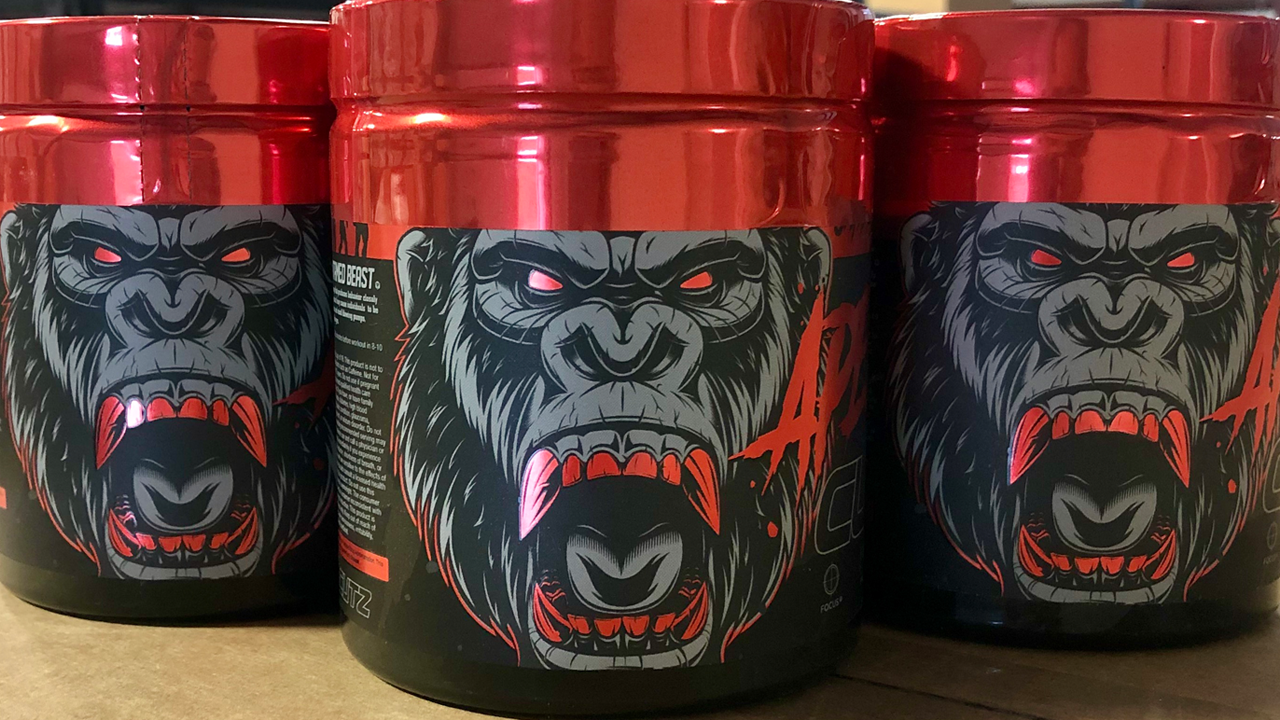The pull up is the king of upper body exercises.
It builds slabs of muscle and strength, and it can be progressed a seemingly infinite number of ways.
Unfortunately, many people either can’t do pull ups or forego them entirely in their training in favor of the lat pulldown.
But, know this, will practice, diligence, and patience comes gains like you’ve never seen in your upper body.
Today, we give you our top 10 tips to master the pull up and building an upper back envied by all!
Let’s GO!
Top 10 Tips for Better Pull Ups
#1 Hang Out
Before you can knock out a set of 10-15 pull ups, you first have to get used to being able to hang from the bar and support your bodyweight for as long as it will take to do a set.
Many individuals struggle to properly perform pull ups for the sheer fact that they lack the grip strength to hold onto the bar for more than a few seconds.
As part of your warm up (or burnout), try performing a few sets of max time holds gripping the pull up bar while maintaining whole body tension.
This will get you used to holding your body off the ground and will build grip and forearm strength so those are no longer the weak links limiting your performance.
#2 Get Stronger
Performing proper (non-kipping), full range of motion pull ups / chin ups requires a tremendous amount of upper body strength, stability, and coordination.
If you have a weak back, your chances of completing a high number of chin ups / pull ups is basically zero.
Therefore, one of the ways to get back at pull ups is to increase the strength of your upper back muscles.
In addition to pull ups, incorporate different variations of rows:
- Barbell rows
- Dumbbell rows
- T-bar rows
- Cable rows
- Straight-arm lat pulldowns
We’re also fans of performing inverted rows, which also have the added benefit of teaching you how to manipulate your bodyweight through space -- directly benefiting your pull up prowess.
#3 Lose Weight
This one is pretty self explanatory.
The pull up is a bodyweight exercise (arguably the king of bodyweight exercises), and thus, the heavier you are, the more challenging the exercise will be due to having to lift more weight.
If you’re on the heavier side and struggling to complete a high number of pull ups, then it’s time to cut down. As you lose weight, you’ll see your pull up numbers start to climb as you gain strength (and burn off the goo).
#4 Strengthen Your Abs
You might not realize it, but a weak midsection could be limiting your performance on the pull up.
The reason for this is that you must maintain whole body tension throughout the raising and lowering of the pull up. Letting any one part of your body go “slack” creates an energy leak in your kinetic chain, which undermines your ability to perform as many pull ups as you’re truly capable of doing.
Therefore, it's important to strengthen your abs, since they play such a key role in whole body strength and stability during the movement. In addition to your typical ab exercises, make sure to also include some of them while hanging from the bar, such as hanging leg raises.
#5 Grab the Bar Properly
How you grip the bar will have a tremendous impact not only on which area of the upper back you’re emphasizing with the pull up, but also your ability to avoid unnecessary strain and stress on the joints, ligaments, tendons, and connective tissue of the arms and shoulders.
Many individuals simply don’t hold the bar “deep” enough in their palms. They hold on by their fingertips, which places tremendous strain on the deep flexor tendons that can lead to medial epicondylitis (golfer’s elbow).
Additionally, you should grab the bar just outside of shoulder width as this will give you the optimal pulling position when performing pull ups.
#6 Pack the Shoulders
Do you or your training partner ever get shoulder pain from pulling movements, specifically vertical pulling movements like pull ups?
It could be due to the fact that you aren’t properly depressing and retracting the scapula (packing the shoulders) during the execution of the pull up.
This “unpacking” of the shoulders most commonly occurs when individuals come to the bottom of the pull up. They let everything loosen up to achieve a dead hang and create a maximum stretch on the lats.
However, a dead hang is NOT the same thing as unpacking the shoulders.
As you lower to the bottom of the pullup, do not allow your shoulders to come up to ears. This places undue stress on the shoulder joint.
At the bottom, keep your shoulder blades down and back. Additionally, ensure that you are maintaining thoracic extension which allows for stable, yet mobile, upward rotation of the scapulae, which ultimately supports healthy, happy shoulders.
#7 Don’t Pull with the Arms
The biceps are involved to some degree with every upper body pulling exercise, especially the chin up.
However, while they are involved with pull ups and chin ups, too many lifters rely solely on their arms to pull them up to the bar, much to the detriment of the real “heavy hitters” of the back, name the lats.
The lats are large, triangular-shaped muscles that fan across the back. They are massively more powerful than the biceps and fatigue considerably less quickly.
When performing pull ups, think of your hands and arms as merely hooks that keep you fixed to the bar. The initiation of movement should come from a powerful contraction of the lats and upper back muscles.
Focus on driving your elbows down and back, instead of “pulling” with the arms.
#8 Increase Frequency
The pull up, much like all other exercises, is a skill.
The more you practice a skill, the more ingrained the movement becomes in your nervous system, and the more efficiently you will be able to perform it.
If you’re serious about improving your pull ups, don’t just train the movement one time per week.
Train it two, three, or even four times per week!
The more practice you get with the movement, the more proficient you will be, which translates to greater success with performing the pullup.
#9 Do Scapular Pull Ups
Scap pull ups are a great complement to the conventional pull up, and a fantastic addition for those whose trouble activating their lats during the pull up.
Dead hanging while getting the scapulae to move also significantly helps improve mobility and stability in and around the shoulder joint too -- something that is vitally important if you want to get good at pull ups.
#10 Don’t Cross Your Legs
Walk into any gym and there’s a good chance the individuals that are performing pull ups have their knees bent and ankles crossed behind their body.
This is far from the ideal way to perform the pull up.
Essentially, by letting your legs hang loose behind you, you’re creating an energy leak in the system.
Instead, position your legs in front of your body and point your toes.
Squeeze your quads and straighten your knees.
Even squeeze your glutes.
Engaging all of these muscle groups eliminates any common energy leaks individuals have that limits their performance and allows you transfer that force to the bar overhead, allowing you to bang out more pull ups!
Create full body tension during the movement and watch your numbers increase instantly.















Leave a comment
This site is protected by hCaptcha and the hCaptcha Privacy Policy and Terms of Service apply.